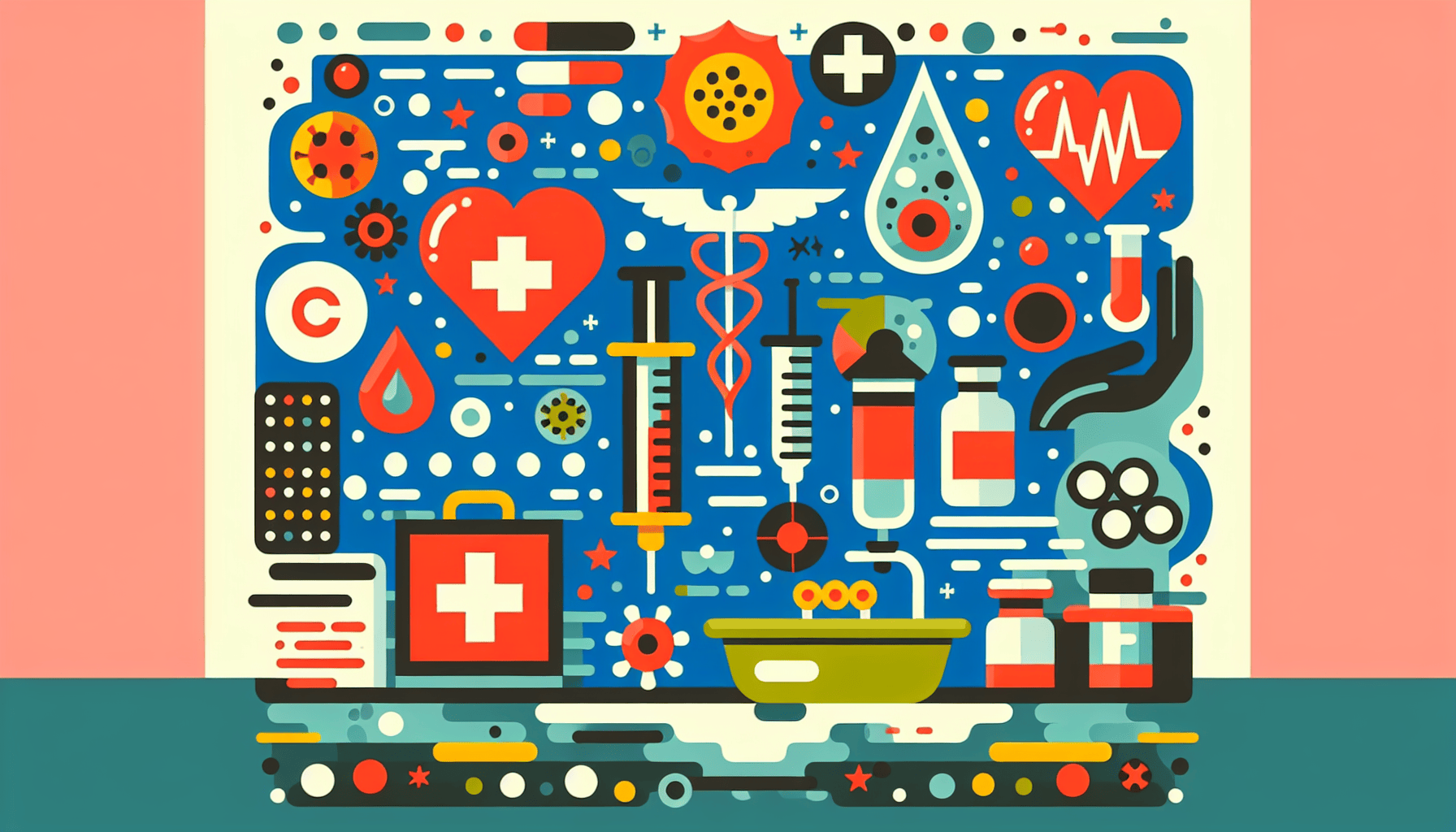Understanding Pneumonia: Causes, Symptoms, and Treatment Options
Pneumonia is a lung infection that can affect anyone, but it is more common in children under 2 and adults over 65. The severity of pneumonia can range from mild to [...]
Cholera is an infectious disease that can cause severe watery diarrhea, leading to dehydration and even death if left untreated. It is caused by consuming food or water contaminated with the bacterium Vibrio cholerae. While cholera is rare in developed countries like the United States, it remains a serious problem in areas with poor sanitation, crowding, war, and famine, particularly in parts of Africa, south Asia, and Latin America.
Vibrio cholerae, the bacterium responsible for cholera, is typically found in food or water contaminated by feces from an infected person. Common sources of contamination include:
Municipal water supplies
Ice made from municipal water
Foods and drinks sold by street vendors
Vegetables grown with water containing human wastes
Raw or undercooked fish and seafood caught in waters polluted with sewage
When a person consumes contaminated food or water, the bacteria release a toxin in the intestines that causes severe diarrhea. Casual contact with an infected person is unlikely to cause cholera.

Cholera symptoms can appear within a few hours to five days after infection. While some people may experience mild or no symptoms, about one in 20 infected individuals develop severe watery diarrhea accompanied by vomiting, which can rapidly lead to dehydration. Signs and symptoms of dehydration include:
Rapid heart rate
Loss of skin elasticity
Dry mucous membranes (inside the mouth, throat, nose, and eyelids)
Low blood pressure
Thirst
Muscle cramps
If left untreated, dehydration can lead to shock and death within hours.
Cholera is highly treatable, but prompt medical attention is crucial due to the risk of rapid dehydration. Treatment primarily focuses on hydration, using oral or intravenous solutions to replace lost fluids, depending on the severity of diarrhea. Antibiotics may be used to reduce the duration of diarrhea and prevent the spread of the disease, but they are not part of emergency treatment for mild cases.
To protect yourself and your family from cholera, follow these prevention methods:
Use only boiled, chemically disinfected, or bottled water for drinking, preparing food, making ice, brushing teeth, and washing faces, hands, dishes, and utensils.
Avoid raw foods, including unpeeled fruits and vegetables, unpasteurized milk and milk products, raw or undercooked meat or shellfish, and fish caught in tropical reefs.
Disinfect water by boiling it for one minute (or 3 minutes at higher elevations) or using a commercial chemical disinfectant.
Consider getting the cholera vaccine if recommended by the CDC or World Health Organization guidelines.
If you experience severe, watery diarrhea and vomiting, especially after consuming raw shellfish or traveling to a country where cholera is prevalent, seek medical help immediately. By understanding the causes, symptoms, treatment options, and prevention methods, you can take steps to protect yourself and your loved ones from this potentially life-threatening disease.
Pneumonia is a lung infection that can affect anyone, but it is more common in children under 2 and adults over 65. The severity of pneumonia can range from mild to [...]
Several skin lesions are very common and benign (noncancerous). These include moles, freckles, skin tags, liver spots (lentigines), and seborrheic keratoses. While these [...]
Fetal alcohol syndrome (FAS) is a serious condition that can occur when a pregnant woman consumes alcohol. It is the most severe form of fetal alcohol spectrum disorders [...]